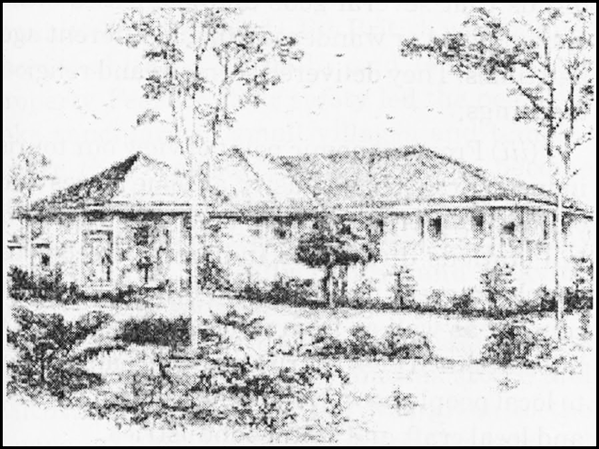Colonial Cities
Taking the example of Bombay (Mumbai), explain how the imperial vision of the British was realized through town planning.
Or
Describe the characteristics of the public buildings built in the new classical style with special reference to Town Hall’ of Bombay.
Initially Bombay was a state of seven islands. With the increase in population, these islands were joined to create more space and new one big city was created. With the growth of Bombay’s economy a need was felt from the mid 19th century to expand railway and shipping and even develop the administrative structure. A number of new buildings were constructed at this time. The architectural style of these buildings was usually European.
Bungalows and Public Buildings : Initially these buildings looked very strange in comparison with the traditional Indian buildings. But gradually Indians too vised to European style of architecture and they adopted this style. On the other hand, British adopted some of the Indian style to suit their needs. One of its example is bungalows which were made for government officers in Bombay and other parts of the country. The bungalow was constructed on large piece of land. It not only ensured privacy for the people living in it but it also marked a distance from the Indian world around. It had traditional pitched roof and surrounding veranda to keep the bungalow cool. There were separate quarters for domestic servants in the compound.

Basically three architectural styles were used for public buildings. Two of these styles were prevalent in England. One of these styles was neo-classical style. The buildings constructed in this style had geometrical structures. They also had lofty pillars in the front. It resembled the style of buildings in the ancient Rome. This style was considered most suitable for the construction of buildings in the British India. The Town Hall of Bombay was built in 1833 and was based on this architectural style.
Sponsor Area
Some More Questions From Colonial Cities Chapter
To what extent were social relations transformed in the new cities?
On an outline map of India, trace the major rivers and hill ranges. Plot ten cities mentioned in the chapter, including Bombay. Calcutta and Madras, and prepare a brief note on why the importance of any two cities that you have marked (one colonial and one precolonial) changed in the nineteenth century.
You have been reading about big colonial cities. Choose any small town with a long history. It could be a temple town, market town, administrative centre, a pilgrimage centre or a combination of these. Find out how the town was established, when it developed, and how its history changed during modern times.
Choose five different types of buildings in your town or village. For each of these, find out when it was built, how it was planned, how resources were obtained for its construction, and how long it took to built it. What do the architectural features of the buildings express?
Choose five different types of buildings in your town or village. For each of these, find out when it was built, how it was planned, how resources were obtained for its construction, and how long it took to built it. What do the architectural features of the buildings express ?
Why was the colonial government keen on mapping? Mention any two reasons.
Why were the figures of mortality and disease difficult to collect? Give two reasons.
Why did paupens from rural areas flock to the cities? Mention any two reasons.
Mention two differences between White towns and Black towns during early British period.
Mention any two reasons for the British to take upon themselves the task of town planning in Bengal in the very beginning.
Mock Test Series
Sponsor Area
NCERT Book Store
NCERT Sample Papers
Sponsor Area